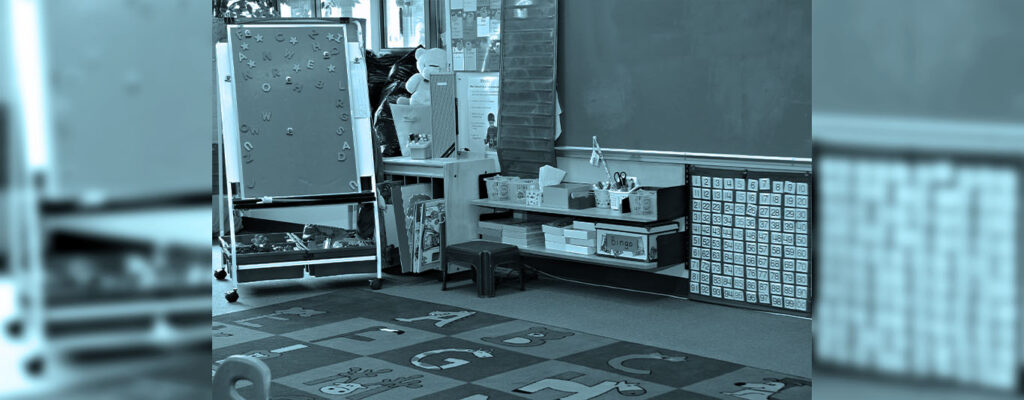In 2012, the SAT Reading scores hit a four-decade low. For 57% of students taking the exam, their reading scores indicate that they may not be successful in college. Many experts attribute this record-low reading score to the higher number of students taking the exam: this past June, 1.66 million graduating seniors took the SAT.
In addition to the record number of students taking the exam, one-quarter come from low-income backgrounds. “Some kids are coming to school hungry, some without the health care they need, without the vocabulary that middle-class kids come to school with, even in kindergarten,” said Helen F. Ladd, a professor of public policy and economics at Duke University.
SAT scores are still just one predictor of future student success; we also know that this success can be linked to the ability to read by the end of third grade.
As CLI Executive Director, Kelly Hunter, Ed.D. explained in her
interview this fall on 900 AM WURD, the language gap starts before students enter kindergarten. Students from low-income families more frequently enter school having had less language exposure than their more affluent peers, resulting in a lack of comprehension and word recognition.
New College Board president, David Coleman said, “While some excuse that decline [in SAT scores] on the basis that more diverse students are taking the test, I believe we cannot take comfort in that explanation.” We know the students who need the most help, and we know what works: comprehensive professional development to support their teachers. In providing this support, we’re securing student literacy success from an early age, setting children up for a lifetime of success.




